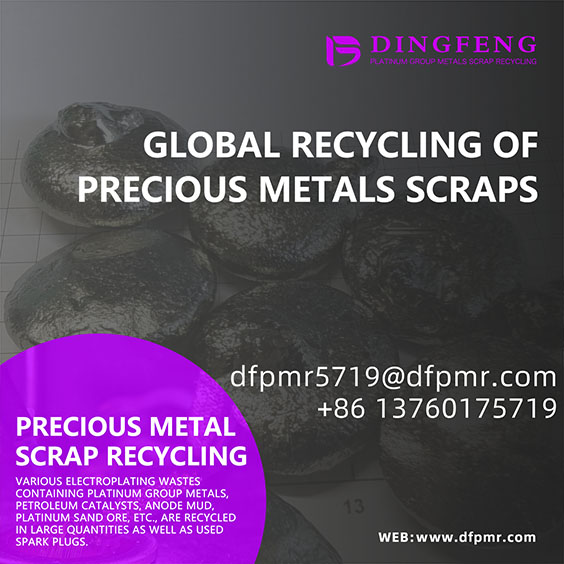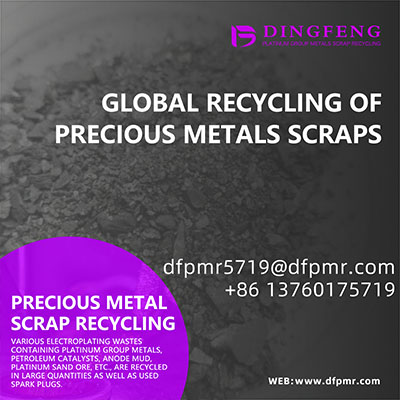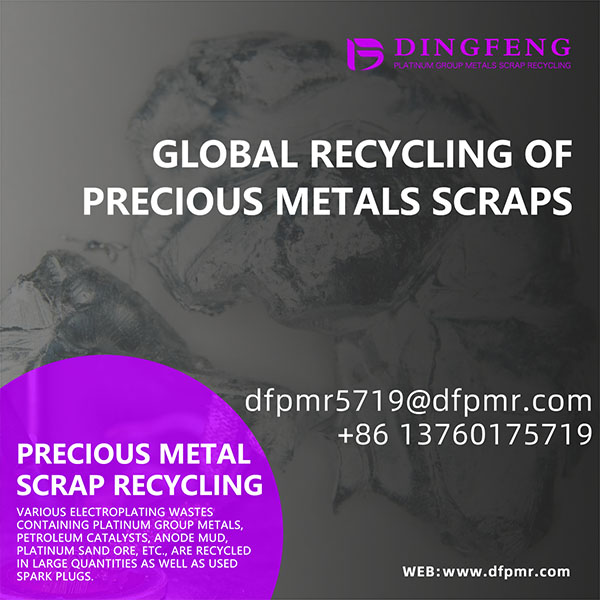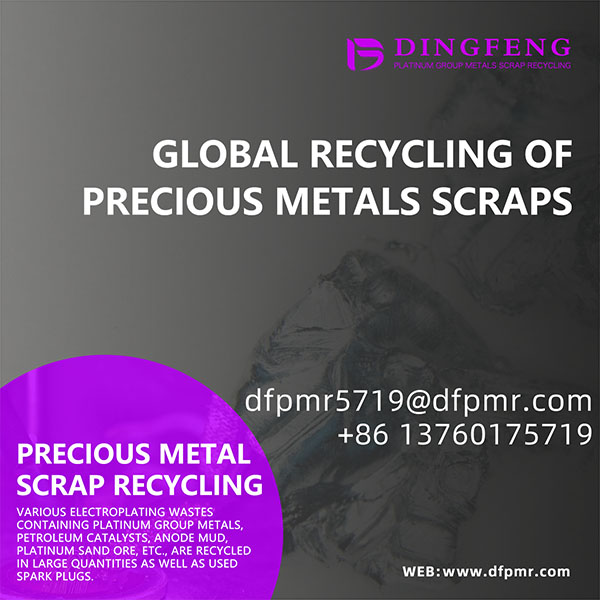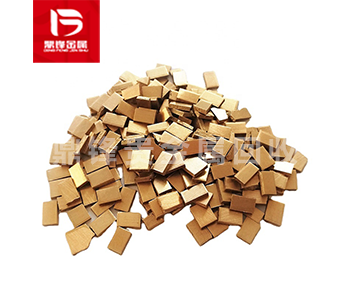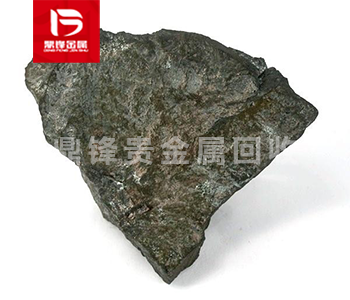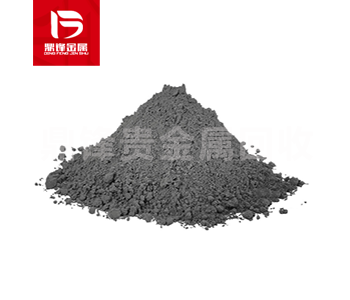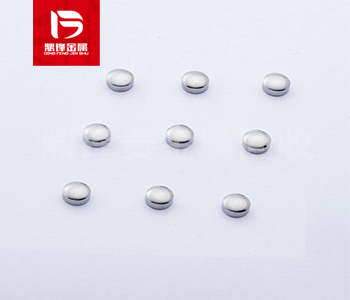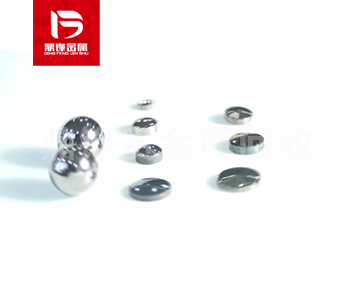Germanium single crystal recovery_ How to recycle high-quality germanium single crystal wafers
Germanium is a very useful material in the electronic industry, and is a key component of many electronic devices such as transistors, solar cells, and infrared optics. One of the most common methods
Germanium is a very useful material in the electronic industry, and is a key component of many electronic devices such as transistors, solar cells, and infrared optics. One of the most common methods for producing high-quality germanium is through single crystal growth, which involves controlled solidification of melted germanium. In recent years, significant progress has been made in the recovery of germanium single crystals, leading to improvements in the quality and efficiency of electronic devices. The process of growing germanium single crystals involves using seed crystals, immersing them in molten germanium, and then slowly pulling them out. As the germanium cools, the germanium solidifies into a crystal structure. However, this process is highly sensitive to impurities and may lead to lattice defects, reducing the overall quality of the material. Therefore, one of the key challenges in producing germanium single crystals is to remove impurities from the raw materials. One method of removing impurities from raw materials is to use a zone refining process to refine crude germanium, which involves melting germanium and slowly moving it along a heated tube. When impurities dissolve into the melted material, they are removed and then precipitated towards the end of the tube. This process can be repeated multiple times to further purify the material and obtain higher quality single crystal growth starting materials.
Another important factor in the growth of high-quality germanium single crystals is the use of advanced technology to monitor and control the crystal growth process. One such technique is the use of infrared thermal imaging, which can provide real-time feedback on the temperature distribution in the crystal and allow precise control of the growth rate and orientation of the crystal. In addition, computer simulation can be used to simulate the crystal growth process and predict the formation of defects or impurities, allowing for adjustments to growth conditions to minimize these issues. In recent years, there have been several significant breakthroughs in the production of germanium single crystals. One breakthrough was the development of a new seed crystal called nanoporous germanium seeds, which has a highly porous structure, providing a larger surface area for crystal growth and allowing for more effective removal of impurities during the growth process. Compared with traditional seed crystals, this new type of seed crystal can produce germanium single crystals with higher quality, fewer defects and impurities.
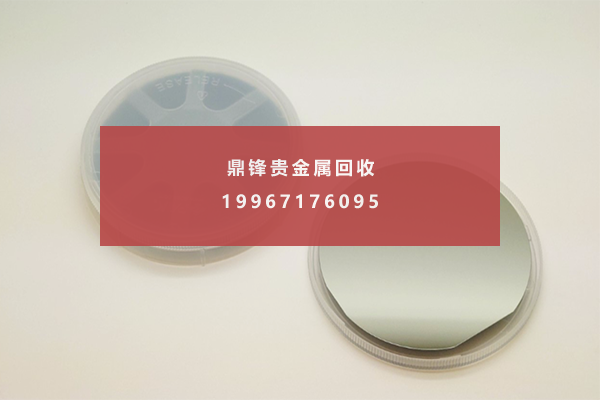
Another significant progress in the recycling of germanium single crystals is the use of 3D printing to create customized growth chambers for the crystal growth process. By using 3D printing, researchers can accurately control the shape and size of the growth chamber, thereby more effectively utilizing materials and controlling the crystal growth process more accurately. This has led to an improvement in the efficiency of the crystal growth process and better control of the crystal structure. In addition to these technological advancements, there is also increasing interest in using sustainable and environmentally friendly methods to produce germanium single crystals. One method is to use natural resources, such as Geothermal energy, to heat the crystal growth process and reduce the environmental impact associated with traditional production methods. In addition, efforts are being made to improve the efficiency of the crystal growth process, which will reduce the amount of waste generated during the production process.
The recycling of high-quality germanium single crystals is crucial for the sustained development and improvement of electronic devices. In recent years, researchers have made significant progress in producing high-quality germanium single crystals using advanced refining techniques, precise monitoring methods, and sustainable production methods. These developments have brought hope for the development of new and improved electronic products that rely on this important material, and further research and development in this field will continue to drive progress in the electronics industry.
&Quot; Dingfeng Precious Metals Recycling includes precious metals such as gold, silver, palladium, rhodium, platinum, germanium, iridium, ruthenium, etc. This is our business in precious metal recycling. If you have precious metals such as gold, silver, palladium, rhodium, platinum, germanium, iridium, ruthenium that need to be recycled, please contact us and we will provide you with a satisfactory price& Quot;



